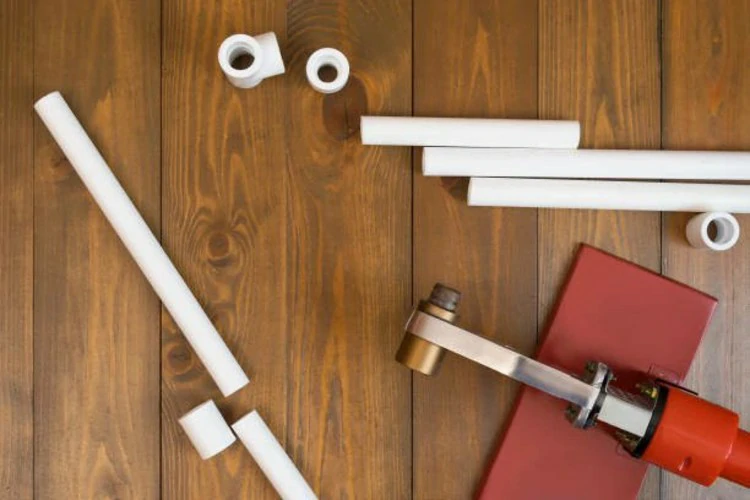Introduction to PPR Plumbing
PPR (Polypropylene Random Copolymer) pipes have emerged as a popular choice in plumbing systems due to their versatility, durability, and ease of installation. One of the key aspects of PPR plumbing is its heat fusion connection technique, which ensures secure and leak-free joints. Let’s delve into the various methods and techniques involved in PPR heat fusion connection.
Understanding Heat Fusion Connection
1. Principle of Heat Fusion
Heat fusion is a method used to join thermoplastic pipes by heating the surfaces to be joined and pressing them together. In PPR plumbing, heat fusion creates a strong, homogeneous bond between pipe and fittings, ensuring leak-proof connections.
2. Socket Fusion Technique
Socket fusion is the most common method for joining PPR pipes and fittings. It involves heating both the pipe and fitting sockets using a specialized heating tool until they reach the fusion temperature. The heated surfaces are then pressed together, resulting in a fused joint.
3. Electrofusion Method
Electrofusion is another heat fusion technique used in PPR plumbing, particularly for larger diameter pipes. It involves using an electrofusion machine to generate heat and melt the inner surface of the fitting and outer surface of the pipe simultaneously. Once heated, the fitting and pipe are pressed together, forming a strong bond.
Steps for Heat Fusion Connection
1. Preparación
Before starting the fusion process, ensure that the pipes and fittings are clean, dry, and free from any contaminants. Mark the insertion depth on the pipe and fitting to ensure proper alignment during fusion.
2. Calefacción
Use a suitable heating tool, such as a socket fusion iron or electrofusion machine, to heat the pipe and fitting surfaces evenly. Follow the manufacturer’s guidelines for the correct temperature and heating time based on pipe size and material thickness.
3. Únase a
Once the surfaces reach the fusion temperature, quickly remove them from the heating tool and join them together firmly. Apply uniform pressure to ensure proper fusion and maintain alignment until the joint cools and solidifies.
Advantages of Heat Fusion Connection
1. Leak-Free Joints
Heat fusion creates seamless, leak-proof joints that eliminate the risk of water leakage or seepage, ensuring long-term reliability and performance.
2. High Strength
Fused joints offer superior strength and integrity compared to mechanical joints, reducing the likelihood of joint failures or pipe separations.
3. Resistencia química
Heat fusion joints maintain the chemical resistance properties of PPR pipes, making them suitable for a wide range of applications, including hot and cold water systems, chemical transport, and industrial processes.
Conclusión
Mastering the heat fusion connection technique is essential for ensuring the reliability and durability of PPR plumbing systems. Whether using socket fusion or electrofusion methods, proper preparation, heating, and joining techniques are crucial for achieving strong, leak-free joints. By understanding and implementing these techniques effectively, you can create robust PPR plumbing installations that meet the highest standards of performance and reliability.
IFAN es un fabricante chino de tuberías, accesorios y válvulas de plástico con 30 años de experiencia. Si está interesado en IFAN accesorios de cobre, válvulas de cobre, tuberías y accesorios de plástico, póngase en contacto con nosotros. IFAN le ofrece una variedad de tuberías estándar para satisfacer sus necesidades específicas. Haga clic a continuación para obtener más información sobre la amplia gama de productos de válvulas y productos relacionados con sistemas de tuberías asequibles y rentables de IFAN.
Responderemos a su correo electrónico o fax en 24 horas.
Puede llamarnos en cualquier momento si tiene alguna duda sobre nuestra producción.
Para más información, visite nuestra página web https://ifanpro.com/
Pls Mailto: [email protected]
Whatsapp: + 86 19857948982














Comentarios recientes